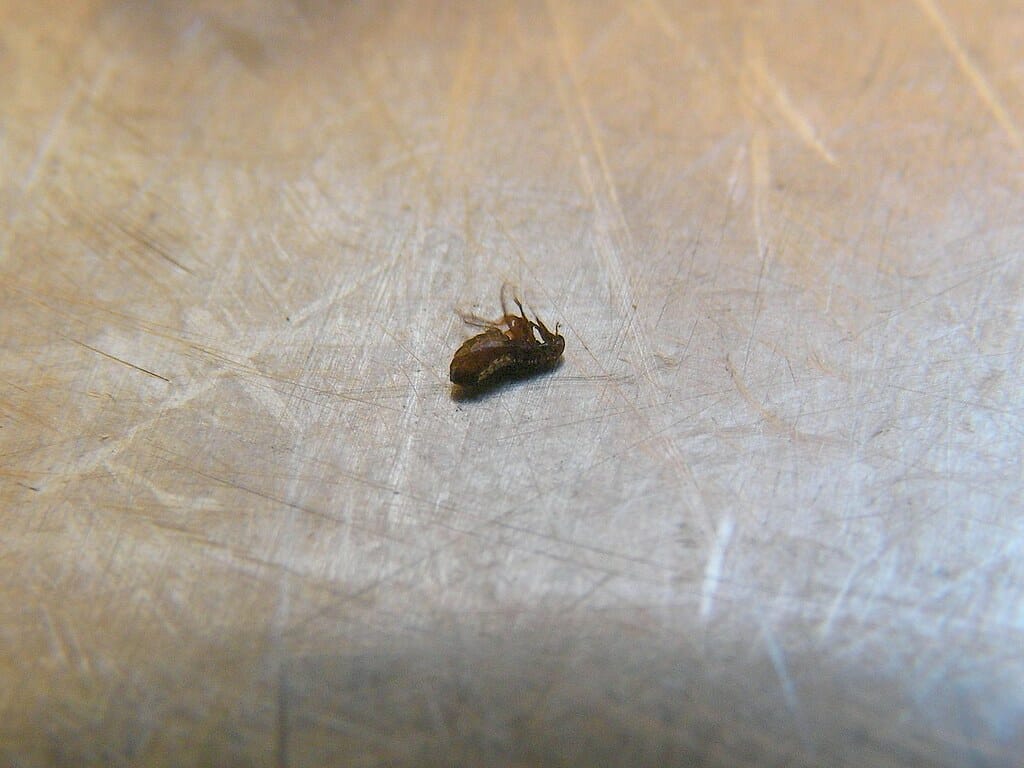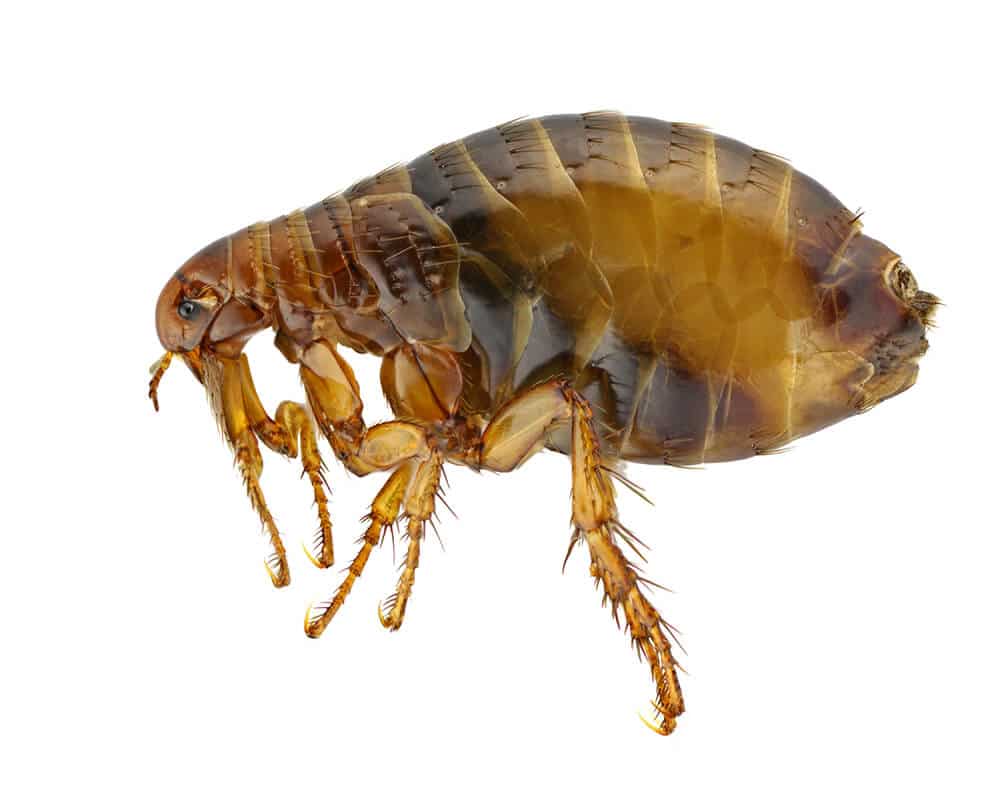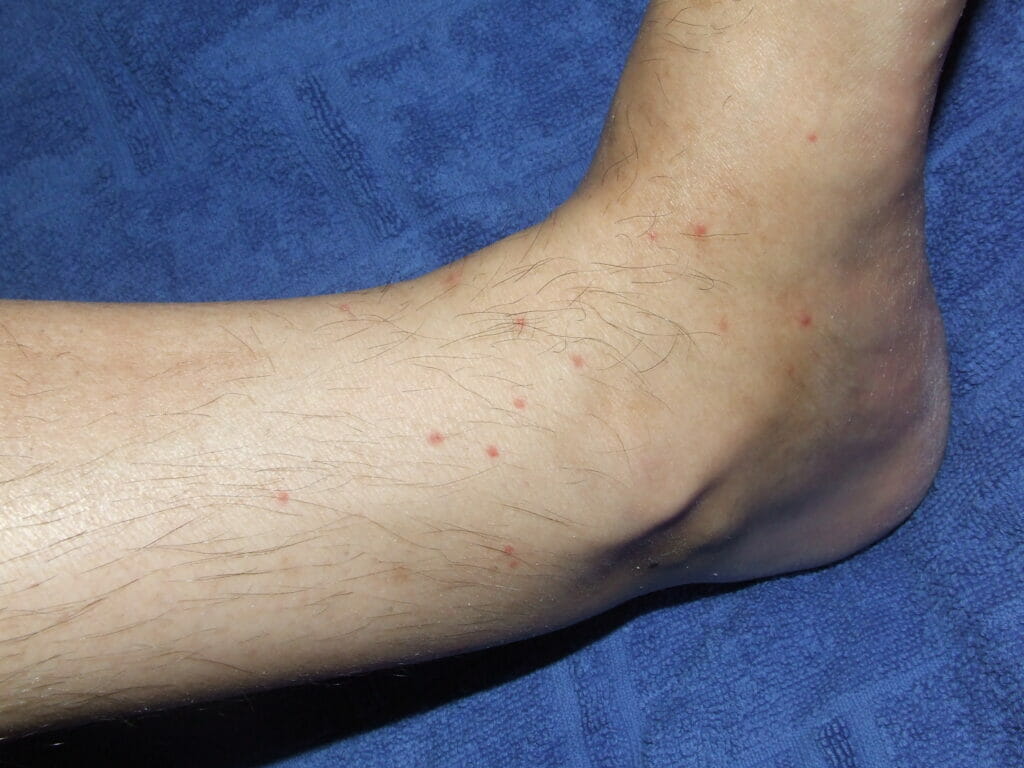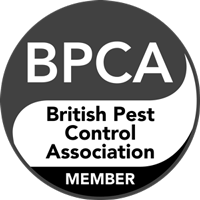Table of Contents
Fleas in your home? They’re horrible, we know! Our article dives into the best ways to identify and how to get rid of fleas for good.
More often than not, fleas are a product of having a pet such as a cat or a dog. However, getting rid of fleas isn’t as simple as you think. If your home has become infested, then the job needs to be done correctly.
Due to the size of a flea, it isn’t easy to know that they have started infesting your home, and before it’s too late, you’ll have a full-blown infestation. Unfortunately, if you’re at this stage, we’re going to recommend contacting a professional flea exterminator who is the British Pest Control Association (BPCA) certified. The reason for this is that to remove fleas from your home; you’ll need to completely understand their behaviours and life cycle.

On the other hand, if you’ve just started itching and noticed the infestation, our article should help stop the problem dead in its tracks.
But wait, who’s Integrum Services? We’re an experienced pest control company based in London. So, you can guarantee we’ve seen one or two flea infestations in our time. Our flea pest control in London service is well known, and we’ve helped many customers gain control of their home again.
Right, let’s help you get rid of fleas…
How to tell if you have fleas
Identifying a flea infestation in your home can sometimes be difficult due to the fleas small size. Adult fleas are on average 2 mm in length, are wingless, flat and a red-brown colour.

Cat fleas are the most common flea that you will come across. Next, bird fleas, followed by dog fleas, although all species can become temporarily attached to dogs. Unfortunately, there is also a species of human fleas, but these are extremely rare.
“I’ve spotted one flea. Do I have an infestation?”
Well, if you’ve come across one flea, it’s more than likely not going to be an infestation as fleas attach themselves to materials and clothing, which probably occurred outside. However, that does not mean you shouldn’t check for more as you may have caught the infestation early; if this is the case, count yourself lucky!
Other more common signs of a flea infestation include:
- Itchy skin! Have you or your pets started scratching more than usual? Fleas feed on warm-blooded animals, so keep an eye on your pets for excess scratching.
- Bites! Fleas are known to bite; look out for skin that seems irritated, inflamed and itchy. If you own pets, flea dirt can often be located on the lower back, and you’ll see bald patches.
- You’ll see them! Fleas usually live in your home on pets or carpets. Just remember, if you don’t own pets, you can still pick up a flea infestation. Therefore, don’t rule out fleas if you don’t have pets.
All fleas are parasites that feed on warm-blooded animals. Surprisingly, females can live up to two years, laying up to 1000 eggs during their lifecycle. Due to this, a flea problem can quickly spiral out of control. You may be in a situation where you have a flea infestation in your home or business; if that is the case, you’ll want to read further in the article about how to get rid of fleas.
How to get rid of fleas in your home
If you’ve noticed the signs of a flea infestation and are sure you have a problem, we’ve got some fantastic tips to get rid of them for good.
We must point out that exterminating fleas is really difficult for an untrained individual. If your flea infestation is only impacting your pets, you’ll probably be able to manage to issue yourself. On the other hand, if your home has been taken hostage, we strongly recommend talking to a pest control member of the BPCA.
1. Treat your pets
Our first tip to stop your flea problem is only relevant if you own pets. If you do, there is a good chance the flea infestation came from them. You’ll need to treat all your pets at the same time using a spot-on flea treatment. To get the job done correctly, we would recommend visiting a veterinarian as they can offer the best treatments methods and may prescribe shampoos and sprays for your pet. Other tips on treating your pets for fleas include grooming them with a flea comb.
2. Hoover from top to bottom
Next, hoovering the house from top to bottom. It’s important to get right in the corners to collect all eggs, larvae and cocoons. Once this has been completed, make sure to dispose of the hoover bags as fleas will remain inside.
If you own pets, make sure to hoover around where they sleep, rest, sit and play. This process is more about collecting eggs and larvae as exterminating adult fleas won’t stop the problem from returning in the future.
Pro tip: hoovering disturbs fleas to leave cocoons prematurely, making them more susceptible to poisons and control methods.
2. Commercial steam cleaner
Although most articles won’t tell you to clean as in-depth as we’re about to. Our experience has taught us that if you don’t use a commercial steam cleaner to reach high temperatures, you risk not removing all flea life forms and the infestation reappearing.
You should return to step two every day after the steam clean has been completed for the next ten days. This process will help to capture all eggs that you may have missed on the previous day.
3. Wash bedding
Now that you’ve steam cleaned all areas in your home, the next step to get rid of fleas would be to wash all bedding – including your pets. If possible, throw out all old bedding and replace it with new. If not, use a high-temperature setting of 60°C to kill fleas and their eggs.
5. Use flea removal chemicals
For more serious infestations, you’ll need to use chemicals to get rid of fleas. Ideally, you’ll need a fogger to disperse the insecticide throughout your home. There are some serious health and safety risks with this step, as aerosol fumes can be dangerous if inadequate personal protective equipment is used. So, if you have a serious infestation, leave it to a professional.
Even if you choose to carry out this step yourself, there is a good chance that over the counter products won’t exterminate all fleas. Resulting in the problem reappearing or lingering. DIY products are known to be less effective, combined with inexperience in dispersing insecticide; means you will pay for a professional in the long run.
6. Contact a professional
If you are unsuccessful when using our how-to guide on getting rid of fleas, don’t worry, it’s a tough gig. There is a reason our technicians have to go through a range of training to understand flea behaviour and habits. Even if you manage to follow our guide, you’re going to have fleas for the next ten days.
Contact a professional flea pest control company. They’ll have access to a range of equipment and insecticides that are not available for public use – allowing the problem to be solved with ease.
What do flea bites look like?
Although getting bit by fleas is not nice, you’ll be able to spot if the problem is fleas relatively easy. Flea bites on humans look like small, red, inflamed bumps and usually appear in pairs or clusters.

The most common places to check for flea bites include around your ankles, legs and feet. This is usually because fleas live in your home’s carpet. For more information on flea bites and how to spot them, please visit medicinenet.com.
Bed bug vs flea bites
Both bites look relatively similar and can be hard to distinguish. The most crucial aspect is the location of the bite. As fleas will bite on the lower part of the human body and bed bugs bite near the upper half, around arms, armpits, neck, and face.
Please visit our article on how to get rid of bed bugs if you’re unsure which pest is causing you problems.
Integrum Services operates around all the south-east of England, primarily in London and Surrey. If you’re located here, please call us on 020 8914 7894 or email us at [email protected] to discuss your flea infestation and how we can get rid of them.




